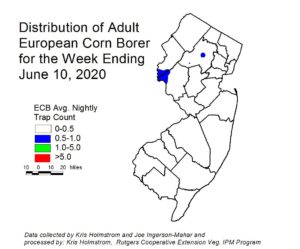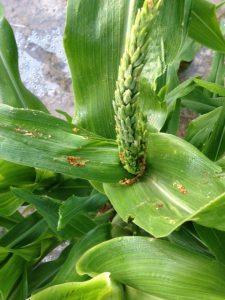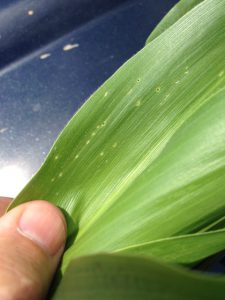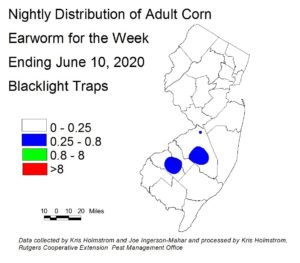Wes Kline reports the New Jersey Department of Agriculture is now scheduling audits.
- There had been an extension for audits before May 31, but there will be no additional extensions.
- If you had an audit last year and need to schedule a renewal, or if you need a new audit, now is the time to make an appointment.
- Anyone wanting an audit should have gone through food safety training which is held each year December through March. The auditor will want to see that you have had some type of training.
- To schedule the audit, email Chris Kleinguenther at christian.kleinguenther@ag.state.nj.us.






